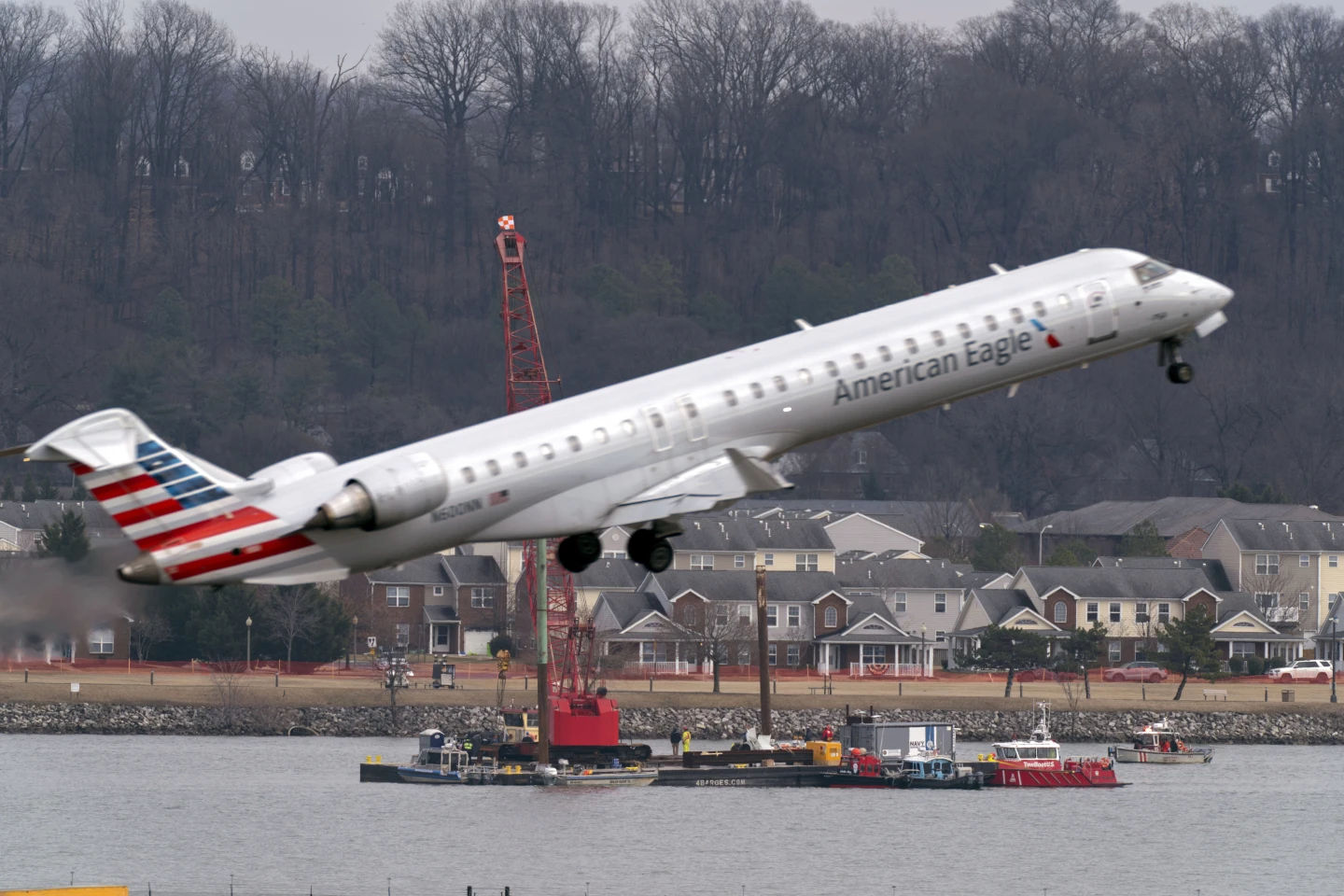The Trump administration has begun firing a number of Federal Aviation Administration (FAA) workers numbering in the hundreds, affecting the agency’s workforce mere weeks after a deadly midair crash at Ronald Reagan Washington National Airport. The large-scale terminations were made on a weekend when air travel was high, and they left the agency severely disrupted.
As reported by the president of the union, Professional Aviation Safety Specialists David Spero, probationary employees were sent late-night emails on Friday announcing their termination. Among the terminated employees were staff members who worked in FAA radar, landing, and navigational aid maintenance. These employees, who played a vital role in helping aviation safety, were terminated even though they were important in keeping air traffic services going.
A senior air traffic controller, speaking on condition of anonymity because he was not supposed to speak publicly, confirmed to The Associated Press that workers involved included employees manning critical systems such as radar and landing aids. But Transportation Secretary Sean Duffy logged onto Twitter and Facebook to say fewer than 400 FAA employees had been dismissed and stressed that air traffic controllers and other key safety workers had not been let go. A Transportation Department official also guaranteed the public that workers performing critical safety functions were not laid off.
The National Air Traffic Controllers Association (NATCA) was also concerned with the possible impact of the mass dismissals on air safety. In a statement it issued, the association said that it was watching closely how the layoffs could affect the national airspace system, safety procedures, and its members. The FAA, in a subsequent statement, assured that they would have to re-examine if the staff in radar, landing, and navigational aid roles could be considered part of critical safety personnel.
Compounding the problem, several of the dismissed FAA workers were working on a high-priority, classified early warning radar system project paid for by the Defense Department. The program, an element of the FAA’s National Airspace System Defense Program, is intended to offer extended-range detection for national security, including missile threats. One of the employees fired, Charles Spitzer-Stadtlander, complained, pointing out the lack of comprehension about the significance of his work and its national security implications.
As these terminations play out, the aviation world and national security professionals are left to determine the impact on air traffic safety and defense preparedness.




